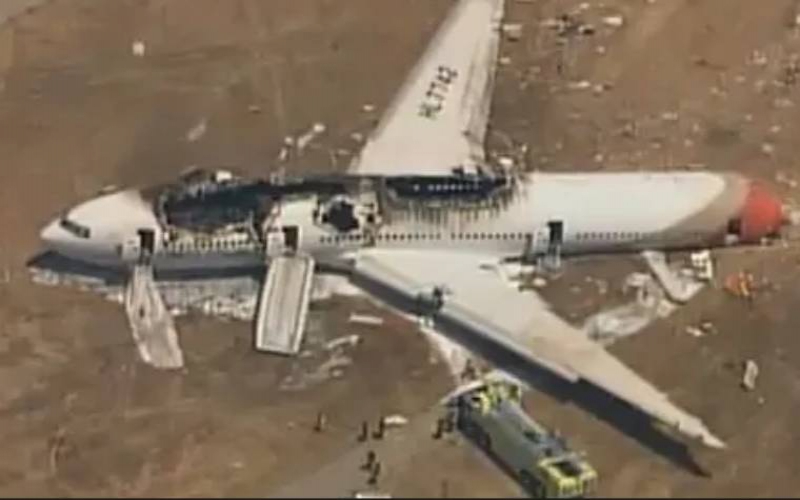×
The Standard e-Paper
Join Thousands of Readers

To many people, plane crashes are only understood better in movies. Given that many cannot afford a trip in it, the majority of people cannot fathom how a plane crash happens.
On the contrary, when it occurs it captures the imagination of not only a country, continent but also a world in mourning.